Decorating a home garden with your own hands is a favorite pastime of gardeners and gardeners. A distinctive feature of the southern garden plots - an abundance of vineyards. Using a little work, you can combine two in one and build a canopy that serves as a support for the vineyard and a gazebo for relaxation. How is it easier and better to install a canopy for grapes on the estate with your own hands?
Content
- 1 Varieties of Canopies
- 2 Building Tools
- 3 Land marking
- 4 Canopy for grapes from wire and metal
- 5 Welded canopy
- 6 Arched canopies
- 7 Gazebo
- 8 Features of canopies and arbors from a tree
- 9 Adjacent canopies
- 10 Selection of grape varieties for growing on the supports of a canopy
- 11 Proper organization of landings
- 12 Conclusion
Varieties of Canopies
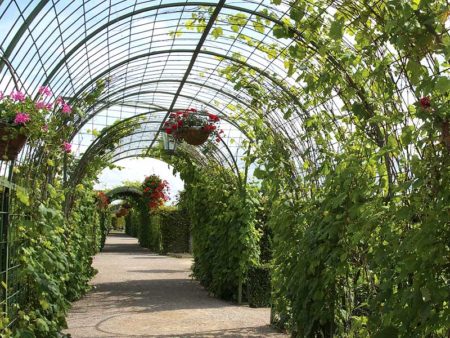 The choice of construction of the canopy for grapes depends on the interior of the site, the materials available, the skill of the builder and the allocated budget. According to the materials used, the canopies are divided into:
The choice of construction of the canopy for grapes depends on the interior of the site, the materials available, the skill of the builder and the allocated budget. According to the materials used, the canopies are divided into:
- wire. The supports made of a metal bar or reinforcement have a low cost and are mounted quickly enough;
- wooden. There are a lot of options for wooden structures. For the construction of the frame of the structure, bars, slats or flexible rods of trees are used;
- constructions made of a metal profile are the most durable, but their cost is quite high.
By type of construction, they are divided into:
- arches;
- arbors;
- extensions to existing buildings.
Building Tools
The choice of tool depends on the material of the future design:
- for marking you will need a level, tape measure, square, water level, pegs, twine, pencil or crayon;
- the universal tool is a screwdriver, a set of drills, nuts, bolts, self-tapping screws, a knife;
- for the manufacture of the foundation you will need a drill, concrete mixer, shovel and bayonet shovels, containers for sand and gravel;
- for the manufacture of metal structures you will need a angle grinder (grinder), a drill and a welding machine;
- To work with wood you need a jigsaw, a hacksaw, a hammer, nails;
- final paintwork requires brushes or a roller.
Land marking
Before marking, you need to determine the location of the gazebo on the site. It is important that the structure fits organically into the landscape of the garden, next to it there is free space for a recreation area and barbecue.
The gazebo is located on a flat elevated area. The soil at the site of future construction is leveled, large stones are removed. Next, measure the required distance and drive the stakes in the corners of the future building. The rectangularity of the markings is verified by the equality of the diagonals between the corners.
Canopy for grapes from wire and metal
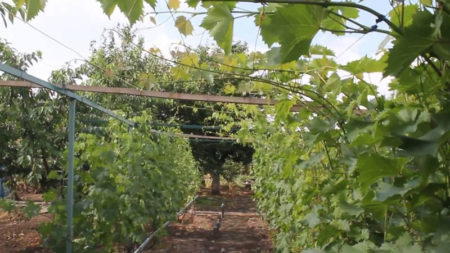 The fastest way to make a canopy for the vine is from wire and a metal profile.
The fastest way to make a canopy for the vine is from wire and a metal profile.
- Poles are dug under the columns of a garden drill to a depth of 50-70 cm. The distance between the pits is 1.5-2 meters.
- For supports, they take a square-shaped pipe with a length of 3.5-3.7 meters, install it in pits and concrete. If a sloping roof is planned, some of the poles are installed longer.
- On top of the perimeter of the structure make horizontal strapping of supports. For tying use a metal profile or board.
- On the horizontal strapping, beams are superimposed and fastened from the rafter structure.
- The roof is made of profiled iron or polycarbonate. Instead of covering material, you can pull the wire through 40-50 cm. The sprouting branches of the vine provide excellent shelter from the sun.
- Between the supports, a wire is drawn every 50 cm.
- Anticorrosive protection is applied to metal parts of the structure, and antiseptic to wooden parts.
- Bushes of grapes are planted along the supports and plaited into the wire frame of the canopy.
Welded canopy
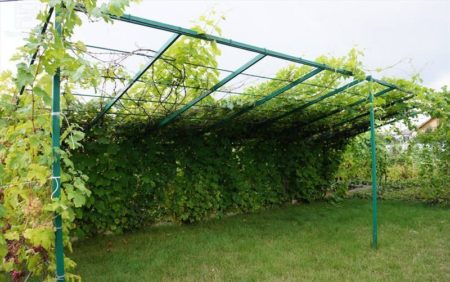
To make a welded frame for a canopy is a more laborious task than in the previous version. However, the welded frame has greater strength and durability. For its manufacture, pipes of round and square section, corners and stripes are used. Often, the elements of the frame are subjected to blacksmithing before assembly.
The construction of a welded structure is very similar to the manufacture of a wire frame, the difference is that the horizontal jumpers are made from the profile and are attached to the supports by welding.
Arched canopies
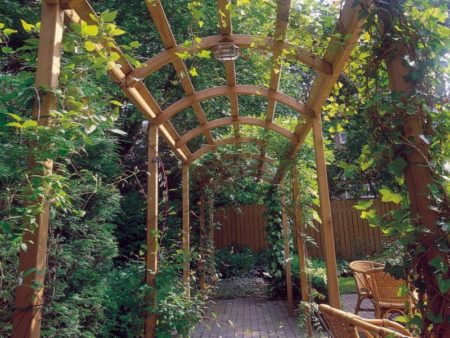 The arches entwined with a vine look amazing on a personal plot. To make them is not difficult. The whole process can be divided into three stages.
The arches entwined with a vine look amazing on a personal plot. To make them is not difficult. The whole process can be divided into three stages.
- According to the marking, columns with supporting platforms are installed on the upper ends.
- From above, arched arches are lowered onto the pillars. Fixation of arcs is carried out using bolted joints or welding.
- After joining, several arched arcs are connected together by a square-shaped pipe, an arbor will turn out. Especially beautiful will look a few vine-twisted single arches.
Gazebo
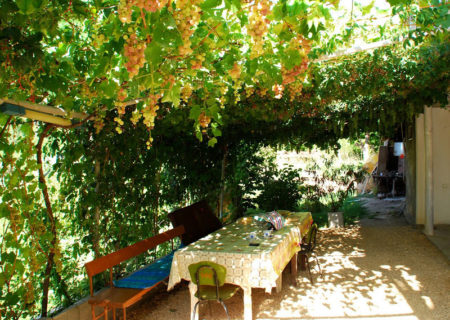
Arbor - decoration of the recreation area. Entwined with a vine with hanging tassels of berries, it will be a true pearl of the garden. It is quite possible to make it yourself.
Before you begin, you need to draw a plan for the future design, and select the material. A wooden arbor is considered to be classical, products from a profile pipe are distinguished by sophistication and complexity of forms. The geometric shape of the frame depends only on the imagination of the builder. The rectangular design with a pointed pyramidal roof looks beautiful, the arched forms of the pergola cause a special charm.
The arbor for grapes is installed in several stages:
- The soil plot is leveled, the topsoil is removed.
- Along the perimeter according to the drawing, pits for supporting poles are drilled in increments of 1-1.5 meters.
- Pillars are installed in pits, leveled on a plumb line. The base of the pillars is poured with concrete.
- According to the drawing, the horizontal strapping of the structure is installed, then the roof is installed.
- Anticorrosion coating is applied to metal parts of the structure.
- Inside the gazebo, a layer of sand is poured and carefully compacted using a vibrating machine, and tiles are laid on top.
Features of canopies and arbors from a tree
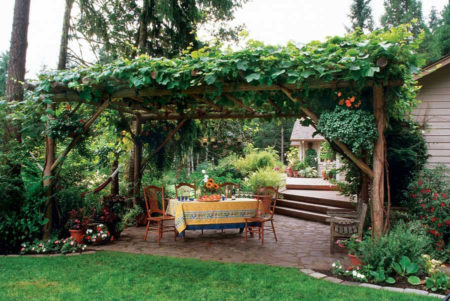 Wood is a traditional material for the manufacture of canopies and arbors. With proper care, products from it serve the owner for many years. Several options for beautiful wooden arbors are shown in this photo.
Wood is a traditional material for the manufacture of canopies and arbors. With proper care, products from it serve the owner for many years. Several options for beautiful wooden arbors are shown in this photo.
Like any material, wood has its own positive and negative features.
Positive aspects of wood products:
- the cost of building from wood is lower than from metal;
- for the manufacture of wooden structures does not require high qualification of the master and expensive tools;
- wooden structures fit most organically into the landscape of the garden plot.
The negative sides of wood products:
- wooden products are less durable than metal;
- wood requires regular tinting;
- for fire safety under a canopy it is not recommended to arrange a barbecue;
- boards and beams crack over time, nail joints become loose.
Adjacent canopies
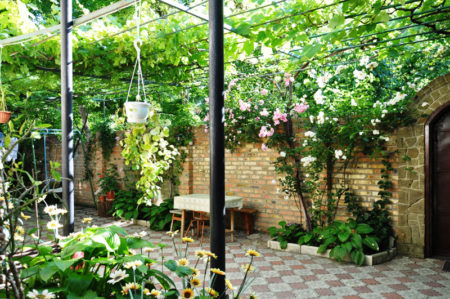 A common practice in the southern regions is the construction of an oblique canopy near the house and the construction of a summer recreation area under it. The advantages of this structure are the reduced cost due to the lack of a back wall and less wind blowing.
A common practice in the southern regions is the construction of an oblique canopy near the house and the construction of a summer recreation area under it. The advantages of this structure are the reduced cost due to the lack of a back wall and less wind blowing.
An approximate action plan for the construction of the terrace - visor:
- Stepping back from the wall 3 - 4 meters, metal poles are installed - supports. On top of the posts are connected by a strapping, interconnected by jumpers.
- On the wall of the house on the anchor bolts attach a corner - a horizontal guide.
- They install the rafter system, resting it on one side of the pillar trim, and on the other hand on a horizontal rail on the wall.
- The roof of the canopy is covered with corrugated board or polycarbonate.
Selection of grape varieties for growing on the supports of a canopy
There are several criteria for choosing a variety for growing on the openwork supports of the canopy, but the most important of them is winter hardiness. The branches twisted through the frame cannot be lowered to the ground to shelter from frost.
The following varieties are considered the most winter-hardy:
- Lydia
- Aleshenkin,
- "Lady fingers";
- "Tukay";
- "Isabel".
Caring for these unpretentious varieties is quite simple, they are well adapted to frost and give a dense shadow in the summer. In addition to the above varieties, constructions entwined with wedge-shaped and Japanese grapes look nice. With good winter hardiness, they give a dense shadow and beautiful clusters of berries.
Proper organization of landings
For the full development of plants, seedlings are planted retreating 20-30 centimeters from the canopy frame. Before landing, dig holes 50-60 cm deep. The distance between the holes is 1 meter. At the bottom of the hole, 10 cm of sand or broken brick is poured as a drainage layer. A mixture of compost and good turf soil is taken as soil. Half the pit is covered with soil, a stalk is placed, the remains of the hole are covered. The planted seedling is abundantly watered, its top is tied to the canopy frame. Further care of seedlings planted near the canopy boils down to fertilizer, timely watering, tying and pruning of the vines.
Conclusion
To make a decorative gazebo or a canopy for grapes with your own hands you will have to spend a lot of time and effort, but the resulting structure will decorate the garden area for many years.

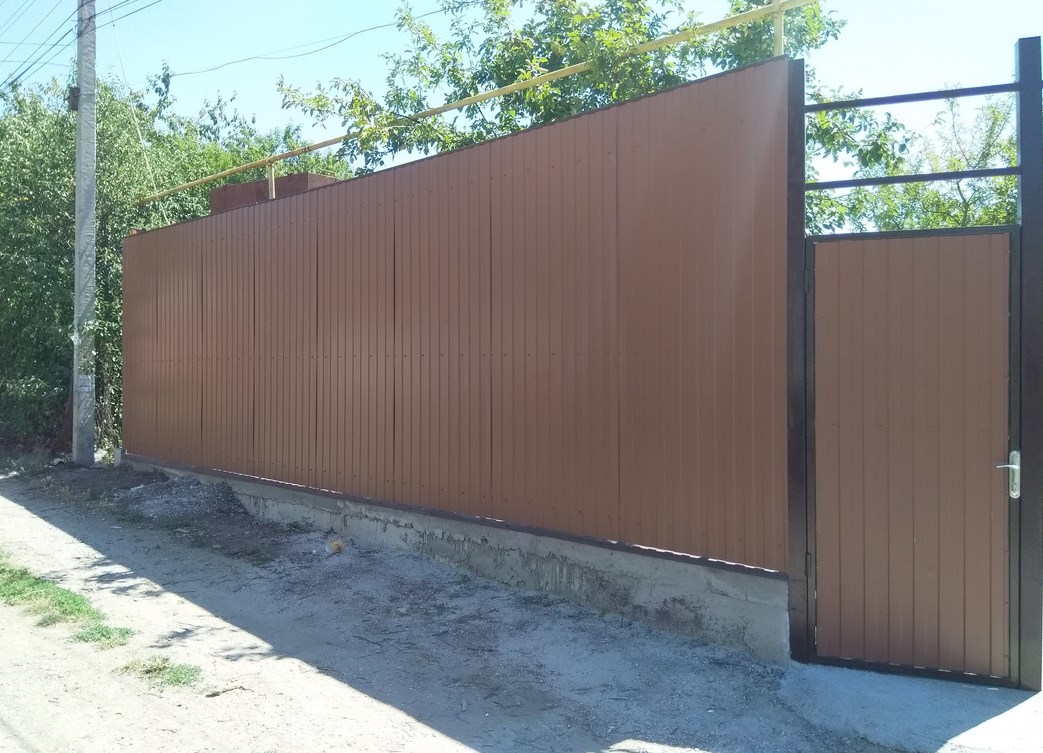
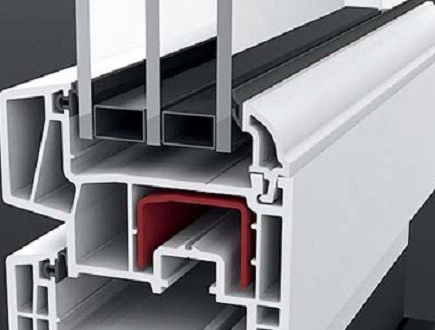
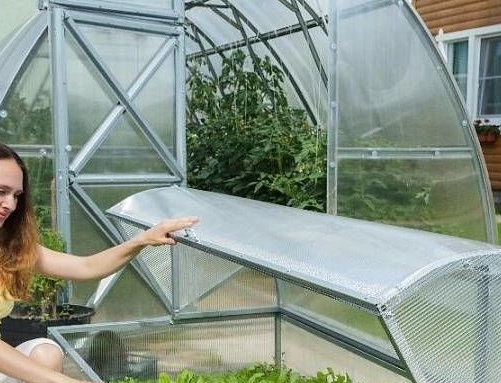
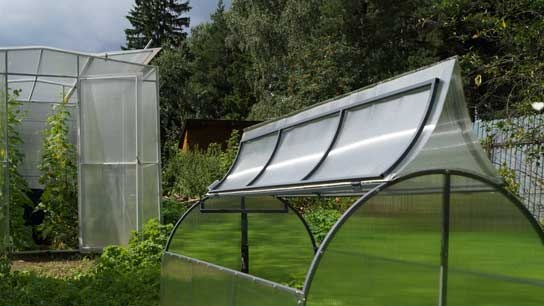 Why is a greenhouse open top?
Why is a greenhouse open top?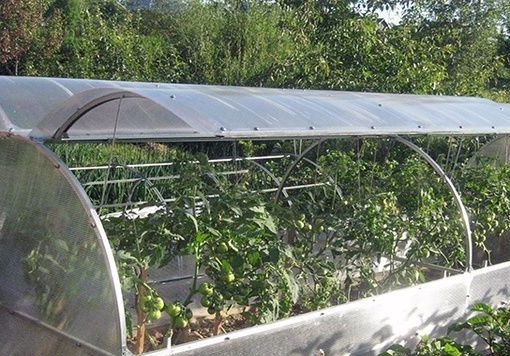 Greenhouse "Butterfly", is it worth it?
Greenhouse "Butterfly", is it worth it?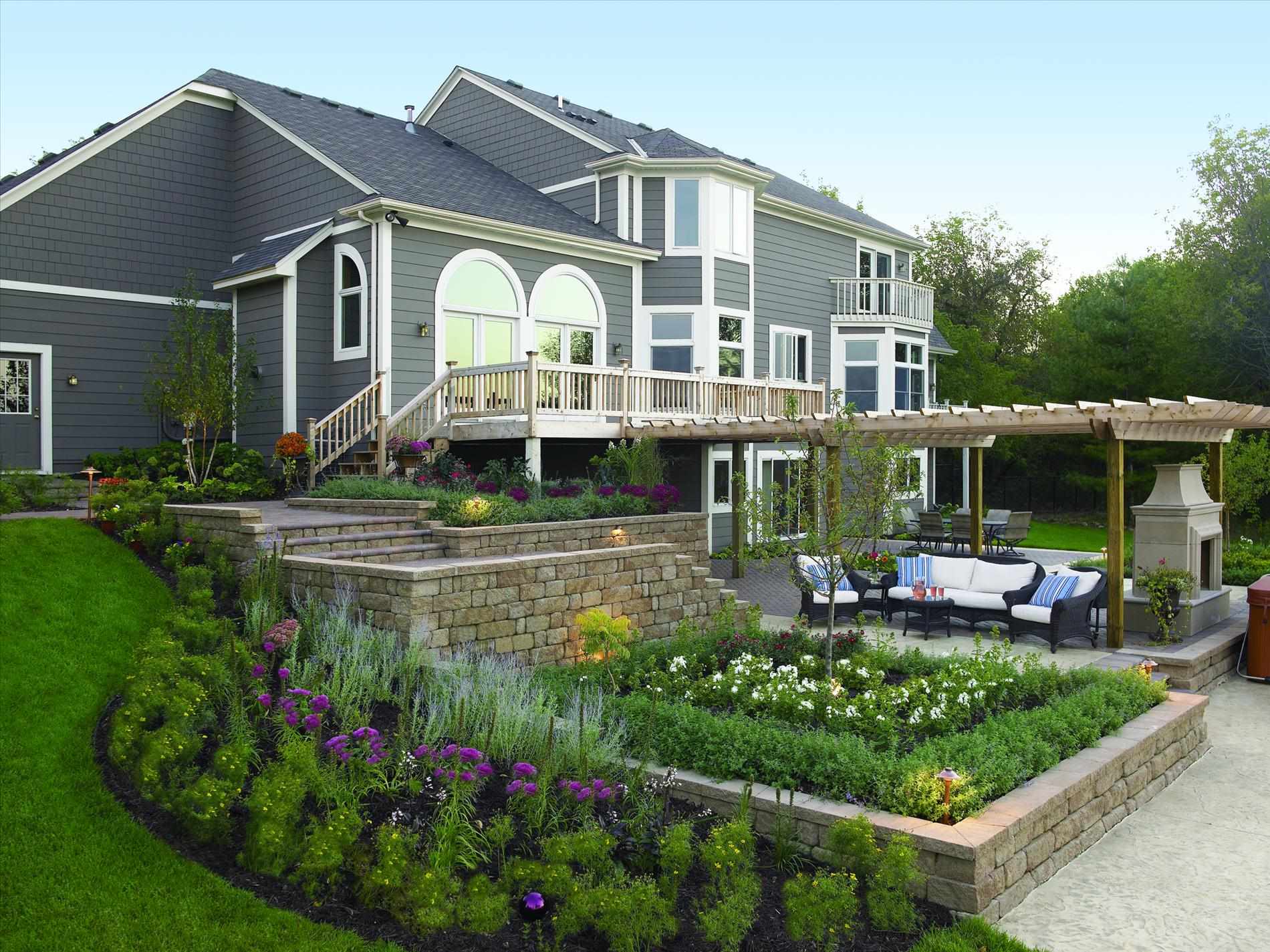 Do-it-yourself landscaping of an area of 8 acres: features of planning and zoning
Do-it-yourself landscaping of an area of 8 acres: features of planning and zoning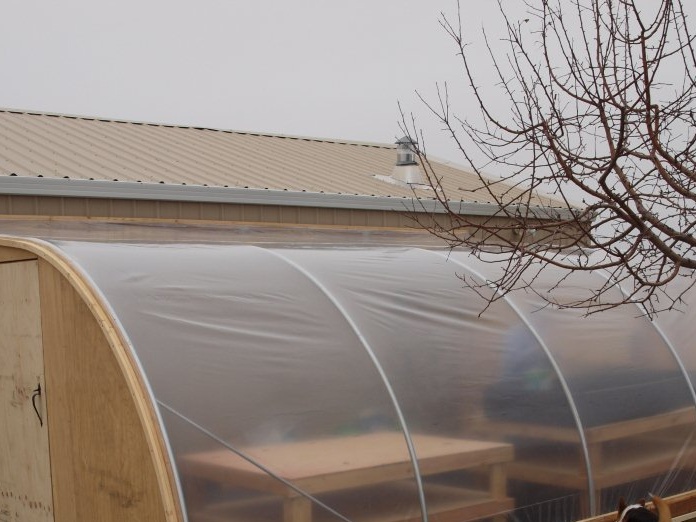 Shed greenhouse, pros and cons
Shed greenhouse, pros and cons